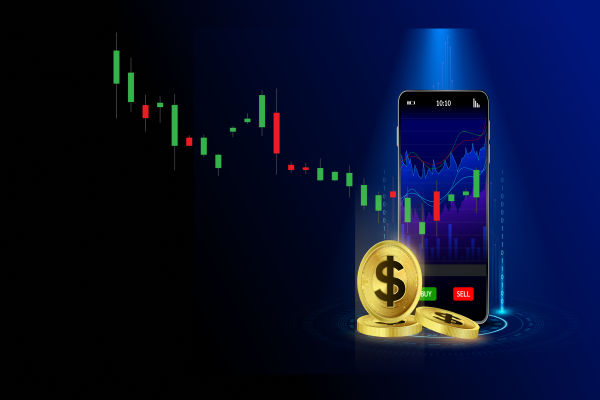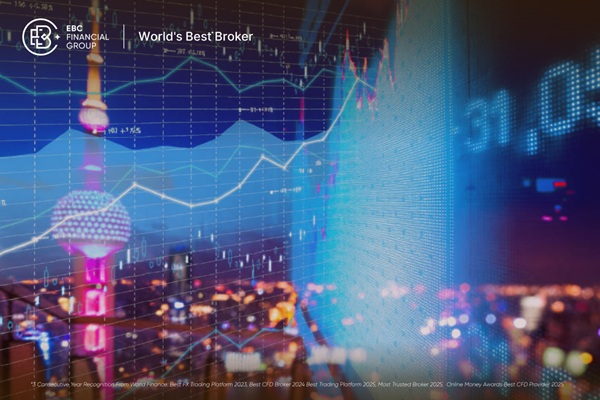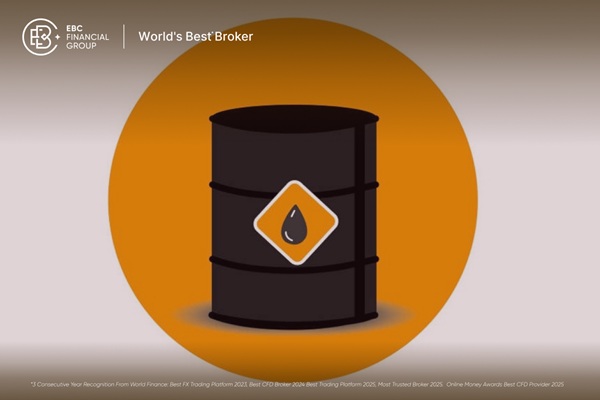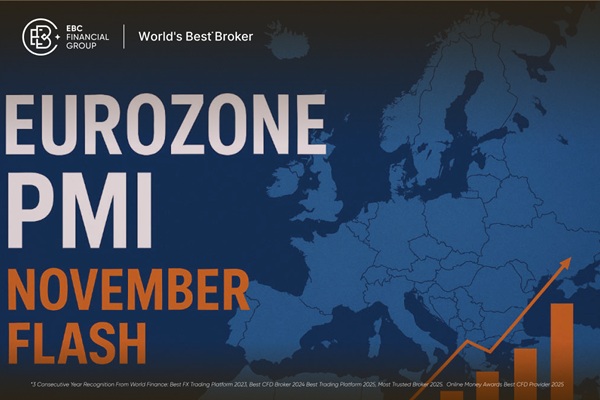Gold has fascinated humanity for thousands of years—not just as a symbol of wealth, but as a pillar of global finance. It has been used as currency, jewelry, and a store of value. But in modern markets, the question arises: Is gold a commodity?
While gold shares many characteristics with traditional commodities like oil or wheat, it also has unique features that make it a hybrid asset—part commodity, part financial hedge.
Understanding gold's classification is essential for investors, traders, and anyone interested in global economics.
Commodities 101: What Makes Something a Commodity?

A commodity is typically a raw material or primary good that is standardized, fungible, and tradable in the market. Here are the defining characteristics:
Fungibility: One unit of the commodity is interchangeable with another of the same grade.
Standardization: Quality and specifications are uniform across suppliers.
Tradability: Active markets and exchanges exist to facilitate buying and selling.
Supply and Demand Driven: Prices are influenced by global supply, demand, and external factors.
Common examples of commodities:
| Commodity |
Primary Use |
| Crude Oil |
Fuel, energy, petrochemicals |
| Wheat |
Food, flour production |
| Copper |
Electrical wiring, construction |
| Silver |
Jewelry, electronics, industrial uses |
Gold meets most of these criteria—it is fungible, standardized, and actively traded on major commodity exchanges. However, it also has some distinct characteristics that set it apart from typical consumable commodities.
Gold Trading: From Ancient Coins to Modern Commodity Exchanges
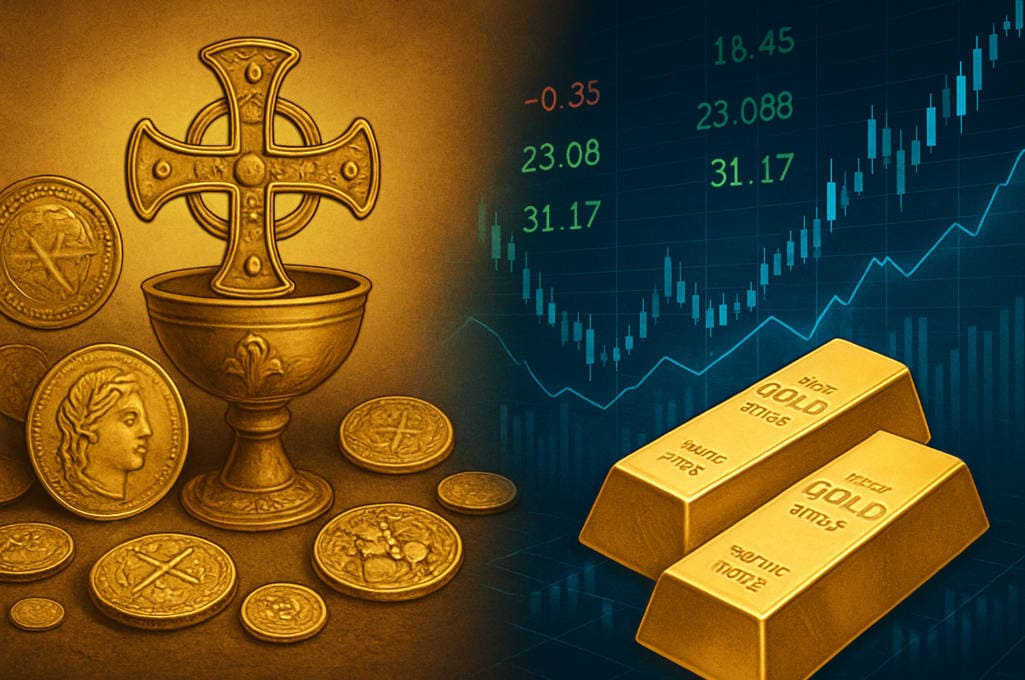
Gold's history underscores its value beyond simple utility:
Modern Commodity Markets: Today, gold is traded on COMEX, the London Bullion Market, and other exchanges globally.
Standardization: Gold bars, coins, and bullion are categorized by purity (e.g., 24 karats) and weight, making them uniform for trading.
Financial Instruments: Beyond physical gold, investors can trade gold futures, options, ETFs, and derivatives, aligning with commodity trading practices.
Gold's tradability and standardized quality reinforce its classification as a commodity, even though its historical role as currency gives it a dual identity.
Gold vs. Typical Commodities: Key Differences
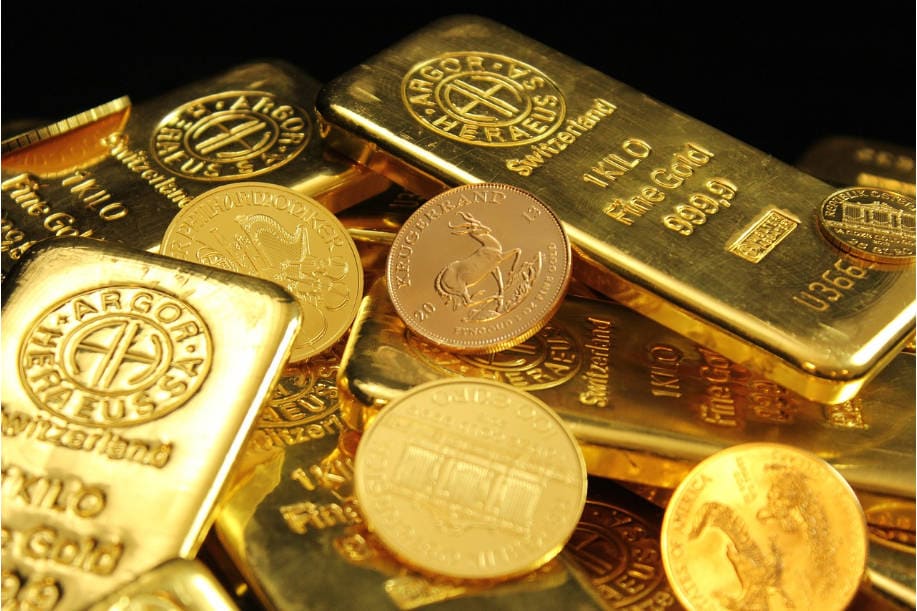
While gold shares characteristics with commodities, several factors make it unique:
Industrial vs. Investment Demand
Typical commodities (like copper or wheat) are consumed in production or food.
Gold is primarily held as investment or store of value, with industrial uses (electronics, dentistry) accounting for only ~10% of demand globally.
Industrial commodities: Prices driven by supply shortages, production costs, and seasonal demand.
Gold: Prices influenced by geopolitical tensions, inflation, interest rates, and central bank policies.
Gold is finite—mined from the earth at a relatively steady pace (~3.000 tons per year globally).
Agricultural commodities, like wheat or corn, are renewable annually.
Most commodities are consumed, with limited investment use.
Gold is widely used for hedging, diversification, and safe-haven investments.
Comparison of Gold vs. Typical Commodity
| Feature |
Gold |
Oil / Wheat / Copper |
| Primary Use |
Investment & jewelry |
Industrial / consumption |
| Supply |
Finite, slow-growing |
Variable, often renewable |
| Price Drivers |
Inflation, geopolitics, central banks |
Supply-demand, production costs |
| Tradability |
Physical + financial instruments |
Physical + futures, options |
| Market Role |
Hedging, store of value |
Commodity production and consumption |
Financial Mechanics: How Gold Functions as a Commodity
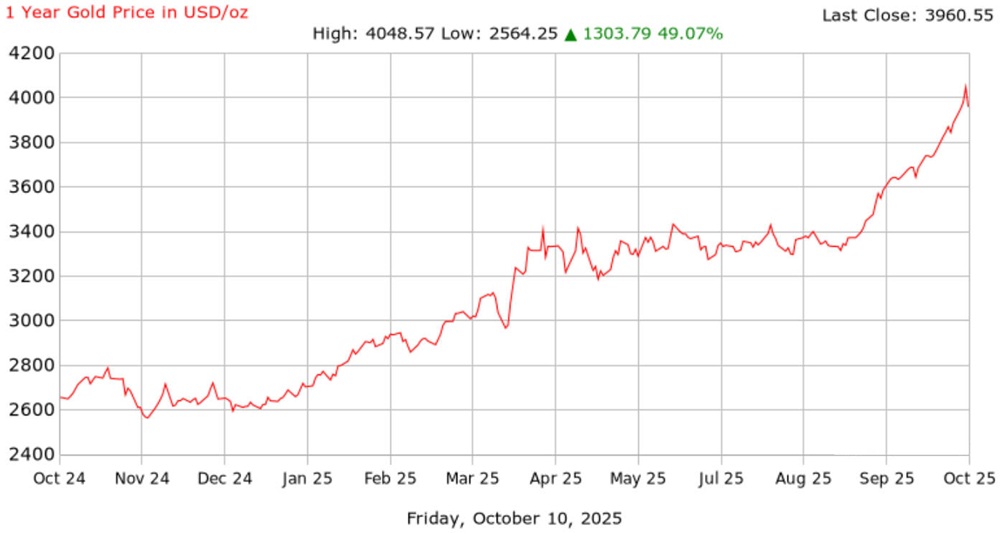
Gold behaves like a commodity in financial markets but with nuances:
1) Futures Contracts
Traders buy and sell gold for future delivery on exchanges like COMEX.
Futures allow speculation, hedging, and risk management.
2) Exchange-Traded Funds (ETFs)
Gold ETFs represent ownership of physical gold or derivative contracts.
Investors can trade gold as easily as a stock, reflecting its commodity-like traits.
3) Derivatives and Options
4) Portfolio Diversification
5) Global Demand Distribution
Jewelry: ~50% of annual demand
Investment: ~40% (ETFs, coins, bars)
Industry: ~10%
This combination of physical and financial trading underscores gold's hybrid nature: it behaves as both a tangible commodity and an investment instrument.
Regulatory Lens: Gold as a Commodity

Regulators classify gold as a commodity, but context matters:
1) U.S. Commodity Futures Trading Commission (CFTC)
Gold futures are under the CFTC's jurisdiction.
Price discovery, contracts, and exchange rules are monitored.
2) Securities and Exchange Commission (SEC)
3) International Perspective
This dual oversight reflects gold's commodity identity with financial attributes, emphasizing its hybrid status.
Conclusion: Gold, the Hybrid Commodity
Gold is more than a shiny metal—it is a commodity, investment, and safe-haven asset all in one. It meets the criteria of fungibility, standardization, and tradability, yet its finite supply and investment-driven demand differentiate it from consumable commodities.
Practical takeaway: Investors should treat gold as a commodity for trading and portfolio diversification, while recognizing its unique role as a hedge against economic uncertainty.
FAQ: Everything About Gold as a Commodity
1. Is gold officially a commodity?
Yes, gold is officially classified as a commodity by most financial regulators.
2. How is gold different from industrial commodities?
Its primary value is as an investment and store of wealth rather than consumption.
3. Can gold prices be influenced like other commodities?
Absolutely. Geopolitical events, central bank policies, and economic crises significantly impact gold prices.
4. Should investors treat gold as a commodity in portfolios?
Yes, but its dual nature as a financial asset and hedge must be considered.
5. Is gold more volatile than other commodities?
Gold is generally less volatile than agricultural commodities but reacts strongly to macroeconomic events.
Disclaimer: This material is for general information purposes only and is not intended as (and should not be considered to be) financial, investment or other advice on which reliance should be placed. No opinion given in the material constitutes a recommendation by EBC or the author that any particular investment, security, transaction or investment strategy is suitable for any specific person.











